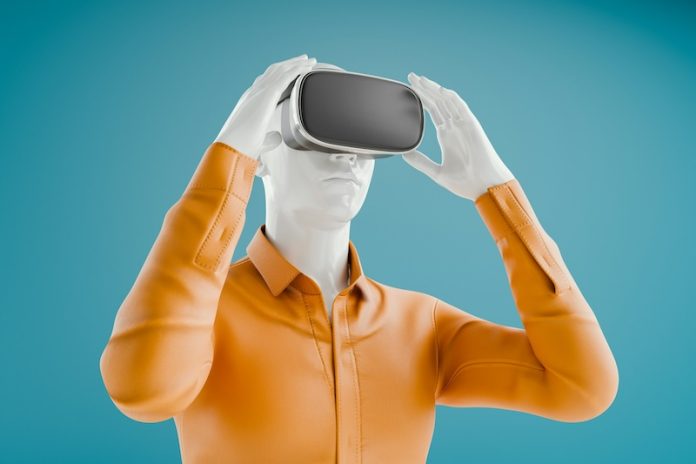
Stroke survivors often struggle with weakened limbs, making it hard to regain full movement. Rehabilitation techniques like mirror therapy are commonly used to help these individuals.
Mirror therapy involves creating an illusion where patients see their stronger limb performing an exercise in a mirror, making it appear as though their weaker limb is also moving. This technique is designed to stimulate the brain’s neuroplasticity—the ability to adapt and create new neural connections—on the side affected by the stroke.
At the University of Michigan Health, researchers are exploring a new way to enhance this method by incorporating virtual reality. Led by Chandramouli Krishnan, PT, Ph.D., the team developed a technology called NeuRRoVR, which is taking stroke rehabilitation to the next level.
What Is NeuRRoVR?
NeuRRoVR is a virtual reality system that uses a headset and motion sensors to create interactive therapy games. Patients wear the headset and see a virtual environment that responds to their movements. The sensors, placed on their hands, arms, or feet, track how they move and control elements within the game.
For example, one of the games involves moving a virtual ball up and down by opening and closing a hand. If the patient moves correctly, the ball turns green to indicate success. Another activity focuses on balance.
Patients feel as if they are walking on a narrow surface, like a tightrope, but they are actually safely on the ground. Motion sensors on their feet show their movements in the virtual world, helping them practice coordination and balance without any risk of falling.
NeuRRoVR also includes exercises that improve fine motor skills, like isolating finger movements. This variety allows therapists to target specific rehabilitation goals for each patient.
How NeuRRoVR Works in Therapy
Physical therapists can adjust the difficulty of the games based on the patient’s needs. For example, the virtual reality system can be set to show slightly better results than the patient is actually achieving. This “trick” encourages the brain to work harder, increasing neuroplasticity in the damaged areas.
Patients using NeuRRoVR often identify with their virtual avatar because it looks and moves like them. This connection seems to enhance brain activity and improve therapy outcomes.
According to Krishnan, “The more patients see the avatar as an extension of their own body, the more likely it is to stimulate their brain and improve movement.”
Success with Stroke Patients
Many stroke survivors who have used NeuRRoVR have reported improvements in balance, motor skills, and neural connections. Therapists and patients alike have provided positive feedback, saying the technology makes rehabilitation more engaging and effective.
This research is deeply meaningful to the University of Michigan team, as it was inspired by the late Daniel Kortemeyer, a student colleague who helped pioneer the technology.
“Daniel was passionate about using virtual reality to improve mirror therapy,” Krishnan said. “We are proud to continue his work and honor his legacy.”
Expanding the Research
Currently, NeuRRoVR is being tested at the University of Michigan Health Canton Health Center. The researchers are working to understand how the complexity of the exercises impacts brain excitability and rehabilitation outcomes.
They hope to expand the use of this technology to help patients with other conditions that benefit from mirror therapy.
Krishnan and his team are optimistic about the future. “We want to make virtual reality-based therapy more accessible to both patients and physical therapists,” he said. “Our goal is to keep improving this technology so it can benefit as many people as possible.”
Review of the Findings
The NeuRRoVR system represents an innovative approach to stroke rehabilitation by combining virtual reality and mirror therapy principles. It engages patients in fun, interactive exercises that help rebuild motor skills and balance.
The technology has shown promise in enhancing neuroplasticity, allowing patients to regain better control of their weaker limbs. With further research and development, NeuRRoVR has the potential to make therapy more effective and accessible for a wide range of patients.
If you care about stroke, please read studies about how to eat to prevent stroke, and diets high in flavonoids could help reduce stroke risk.
For more information about health, please see recent studies about how Mediterranean diet could protect your brain health, and wild blueberries can benefit your heart and brain.
The research findings can be found in the Journal of NeuroEngineering and Rehabilitation.
Copyright © 2025 Knowridge Science Report. All rights reserved.



